There are a number of reasons why building undersea cables is attractive to big tech companies like Meta.
According to TechCrunch , Meta is planning to build a submarine cable around the world and will be the sole owner. In charge of the project is Santosh Janardhan, Meta's global infrastructure director.
Why would Meta want to do this?
First, sole ownership of the cable would give it the ability to support traffic across its own assets, including Facebook, Instagram, WhatsApp.
According to its earnings report, Meta makes more money outside North America than it does in its home market. Prioritizing private submarine cables could help ensure quality service. Of course, the company still has to negotiate with carriers in those countries to get the service to users’ devices.
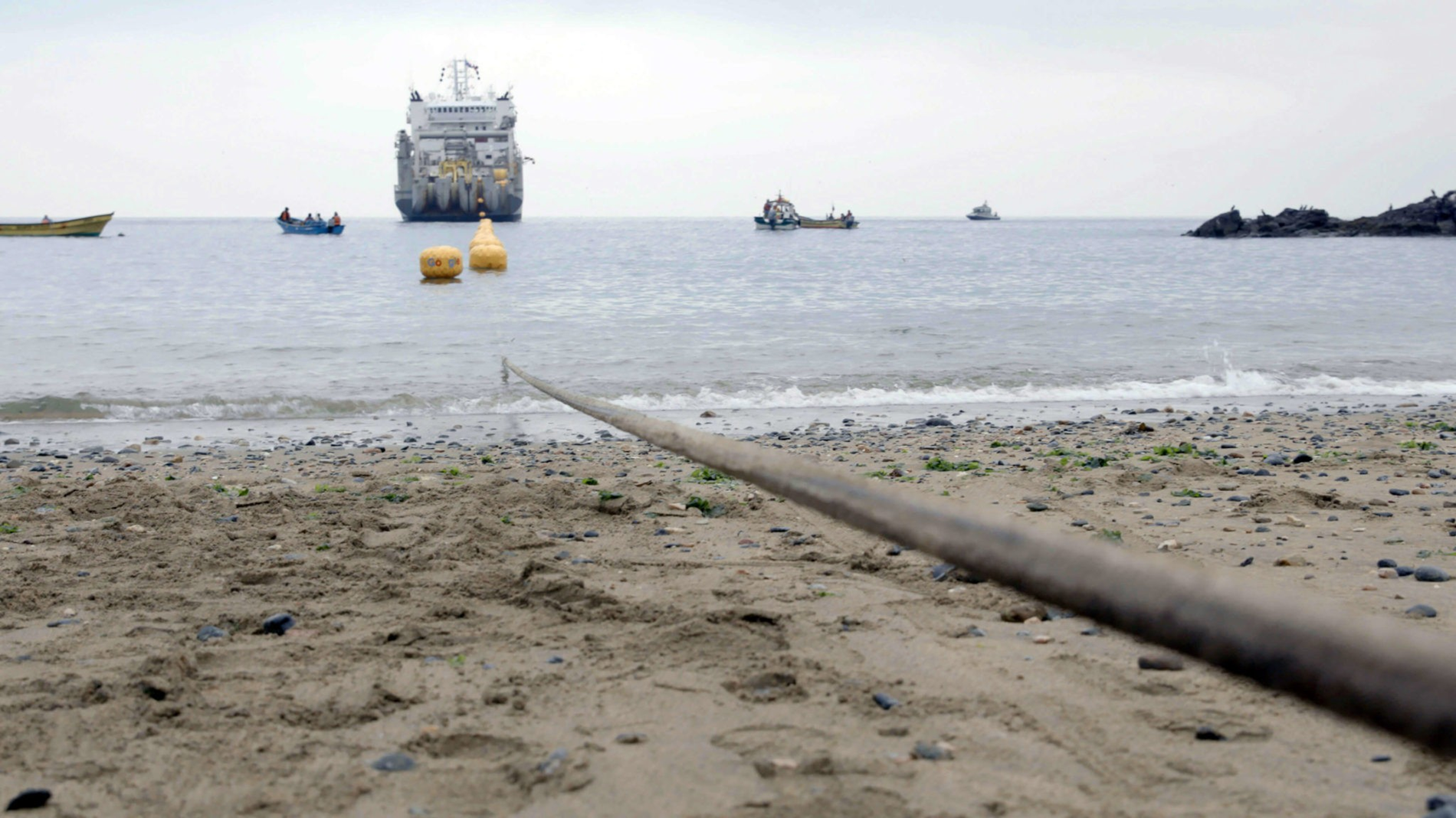
Meta, like Google, is ramping up its undersea investments, claiming projects like Marea in Europe and others in Southeast Asia have contributed more than “half a trillion dollars” to regional economies .
But there's a more practical motivation for these investments: Tech companies — rather than telecom carriers, the traditional owners of undersea cables — want more direct ownership of the pipelines needed to deliver content, advertising and more to users around the world.
They make their money from end-user products and do everything they can to ensure the customer experience, whether it’s delivering video or other content. They want to be independent, not be beholden to traditional telecom companies, says Ranulf Scarborough, an industry analyst for the submarine cable industry.
The second reason is geopolitical. Submarine cables have been the target of sabotage on more than one occasion. In November 2024, a submarine cable in the Baltic Sea was cut.
A source close to Meta said the new cable route would allow them to “avoid areas of geopolitical tension.” In a blog post, submarine cable expert Sunil Tagare pointed out that the route would avoid the Red Sea, the South China Sea, Egypt, Marseilles, the Strait of Malacca and Singapore.
The third reason, Tagare said, has to do with the cable terminating in India. He believes Meta will use it to build up its domestic data center capacity, particularly for training and working with AI models. The undersea cable could play a role in that effort.
He said India’s bandwidth costs are a fraction of those in the US, and many in India were abuzz after a recent visit by Nvidia CEO Jensen Huang. In a meeting with Reliance Group Chairman Mukesh Ambani, Huang talked about the country building its own AI infrastructure. Reliance and other vendors will use Nvidia’s Blackwell chips in future AI data centers.
“India can become the AI training capital of the world,” Tagare said in an interview. He believes Meta may also want to build the country’s AI training program around that infrastructure.
AI is a big part of Meta’s infrastructure roadmap. But beyond that, India is a huge market, estimated to have the most users by far across Facebook (over 375 million), Instagram (363 million), and WhatsApp (536 million). They’re showing enthusiasm for new features like AI tools. With heavy investments pouring into the domestic data center market, India still has a lot of growth potential.
Sources close to the project say it’s too early to say whether AI is part of Meta’s equation in this project. It’s just one of a long list of considerations and possibilities, similar to whether Meta plans to open up capacity to other users.
(According to TechCrunch)
Source: https://vietnamnet.vn/ly-do-meta-muon-xay-cap-quang-bien-rieng-2347151.html
















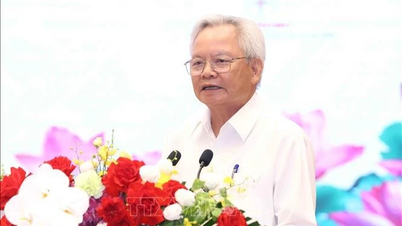



















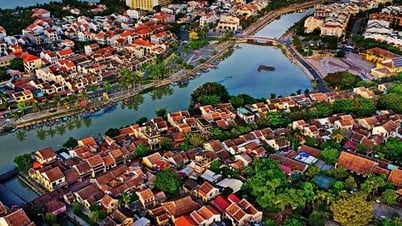

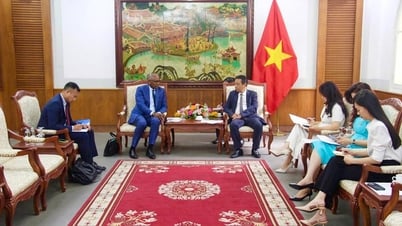































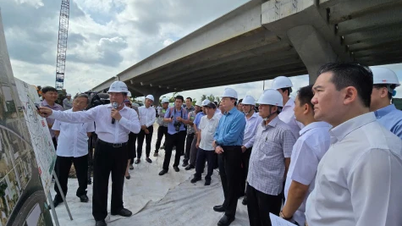







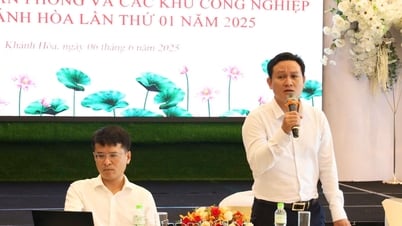
















Comment (0)